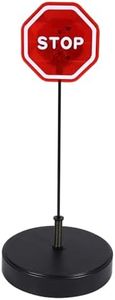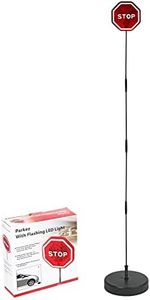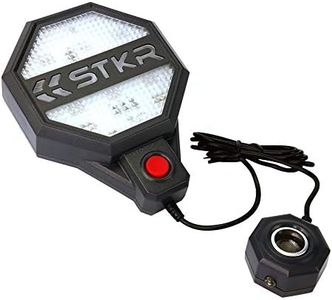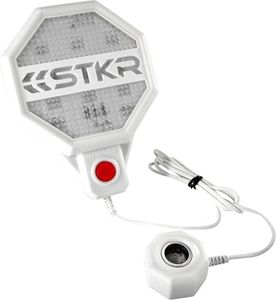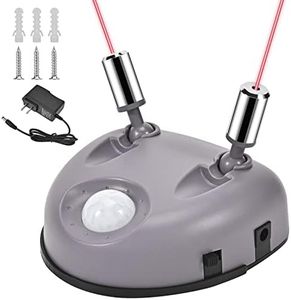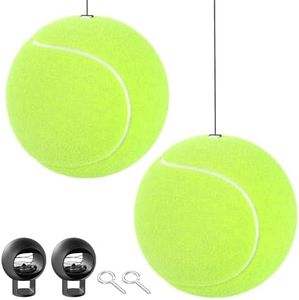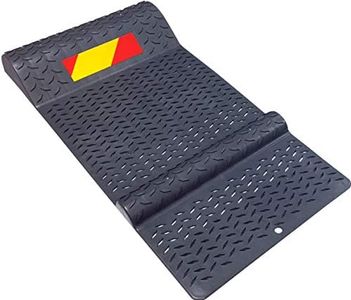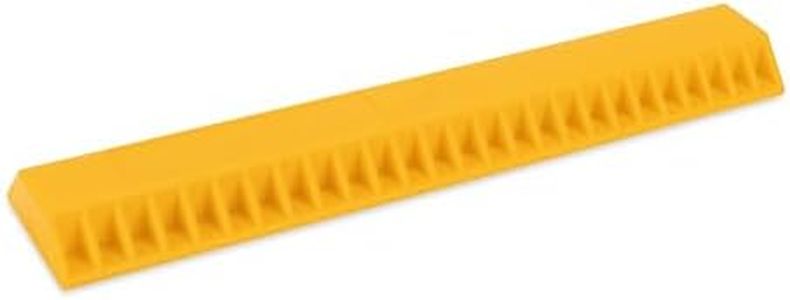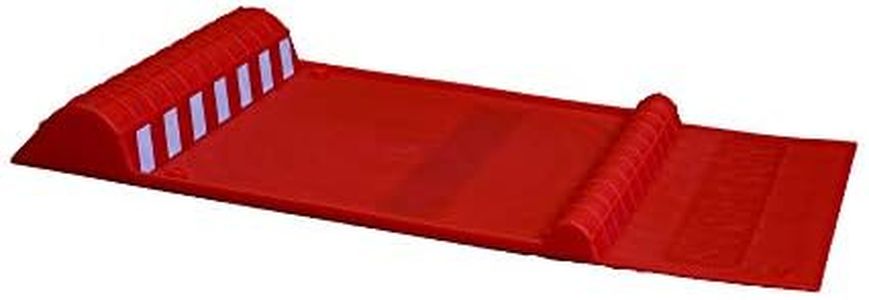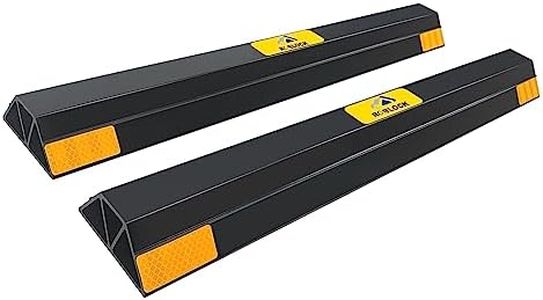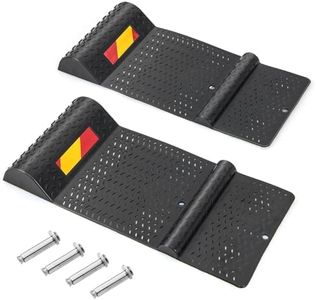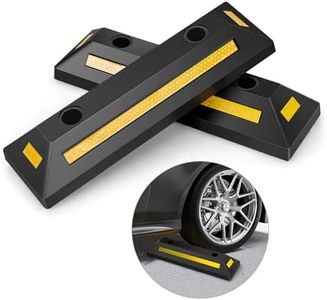We Use CookiesWe use cookies to enhance the security, performance,
functionality and for analytical and promotional activities. By continuing to browse this site you
are agreeing to our privacy policy
10 Best Garage Parking Assistants
From leading brands and best sellers available on the web.Buying Guide for the Best Garage Parking Assistants
Choosing a garage parking assistant can make your daily parking routine much easier and help you avoid dings, dents, and scrapes. Whether you’re working with a tight garage or just want to protect your car and belongings, a parking assistant can guide you to park in the perfect spot every time. It's important to think about how much assistance you need, the space you have available, and what sort of installation you’re comfortable with. Getting the right device means paying attention to features that match your garage, vehicle size, and your personal comfort with technology.Type of Parking AssistantThis refers to the different ways devices help you park in your garage. Common types include laser guides, sensor-based systems, hanging ball indicators, and floor/stopper mats. Laser and sensor-based systems provide visual or audio guidance, while low-tech options like hanging balls or mats give you a physical cue when to stop. If you want something plug-and-play, hanging balls and mats are quick to set up, but if you prefer more advanced assistance with beeps or lights, sensors or lasers could be ideal. Think about which kind of feedback fits your parking habits and comfort with gadgets.
Installation MethodThis is about how and where the device is set up in your garage. Some assistants require wall or ceiling mounting, others just sit on the floor or adhere with simple adhesive strips. Wall or ceiling installations often take a bit more effort and occasionally require tools, but they're out of the way. Floor mats and parking stoppers are easy to move but need clear floor space. Choose a method that you feel comfortable installing and that works with your garage’s current setup without causing inconvenience.
Guidance FeedbackThis is how the assistant communicates with you as you park—visual cues like lights or lasers, audio beeps, or physical feedback when you touch or roll over an indicator. Visual and audio cues are more modern and hands-free, ideal if you want reminders before you hit something. Physical cues only alert you when you've reached a certain point, perfect for those who want simplicity. Consider whether you’ll notice a cue easily or if you need a system that gives clearer and earlier warnings.
Power SourceThis covers how the device is powered: batteries, plug-in electricity, or no power at all for passive devices like floor mats or hanging balls. Battery-powered devices offer flexible placement but may need occasional maintenance, while plug-in options require access to an outlet. Think about your garage and whether running cords or changing batteries will be convenient for you, or if a simple, non-powered device is the best fit.
AdjustabilityAdjustability is the ability to fine-tune the position or sensitivity of the parking assistant. Some systems allow you to tweak the ‘stop’ position or angle the cues for your car and space, while others have a fixed guide. Adjustable systems are useful if multiple people with different cars will use the garage, or if you want to set up a perfectly personalized stop point. For individual or specific needs, fixed systems may work just as well and are often simpler to install.
